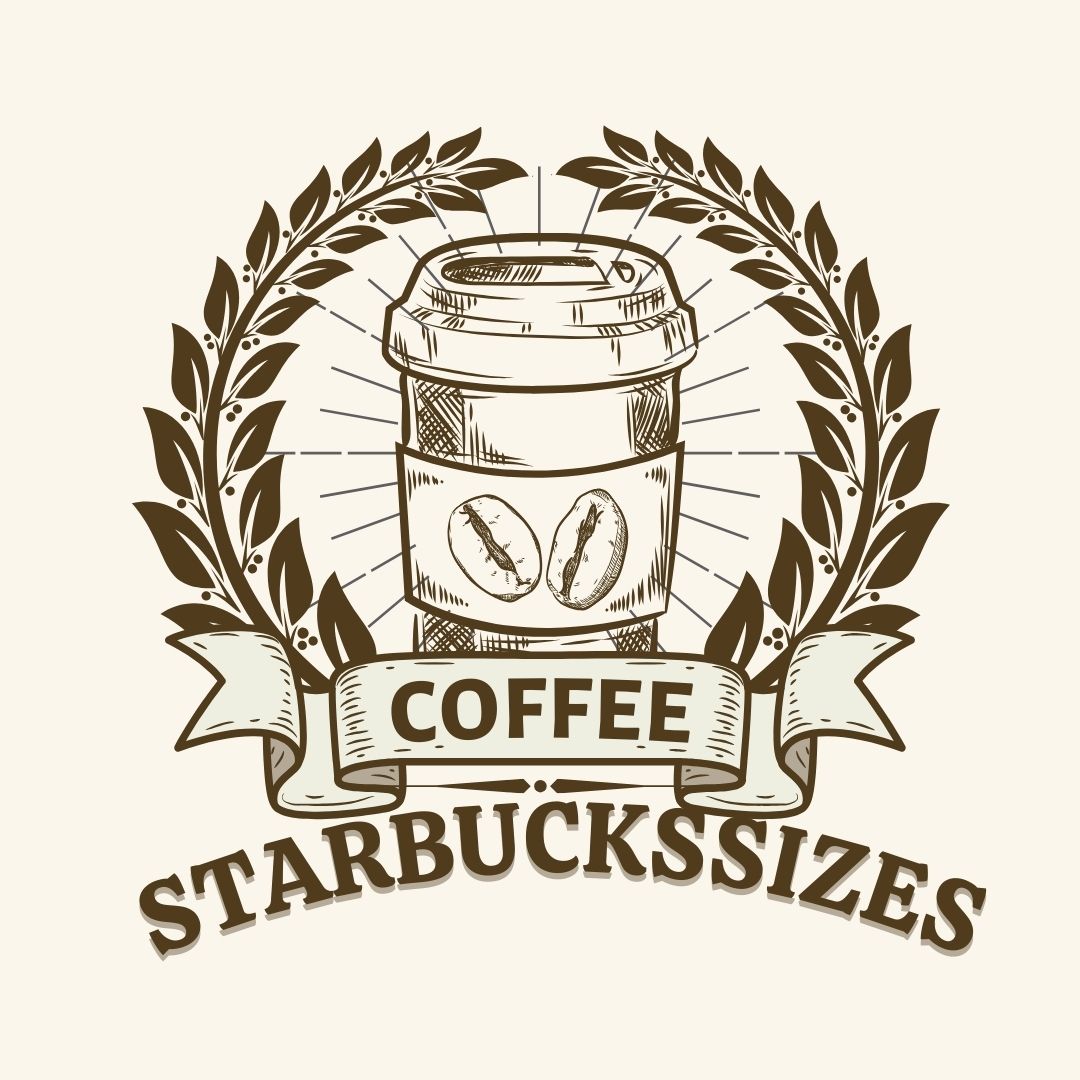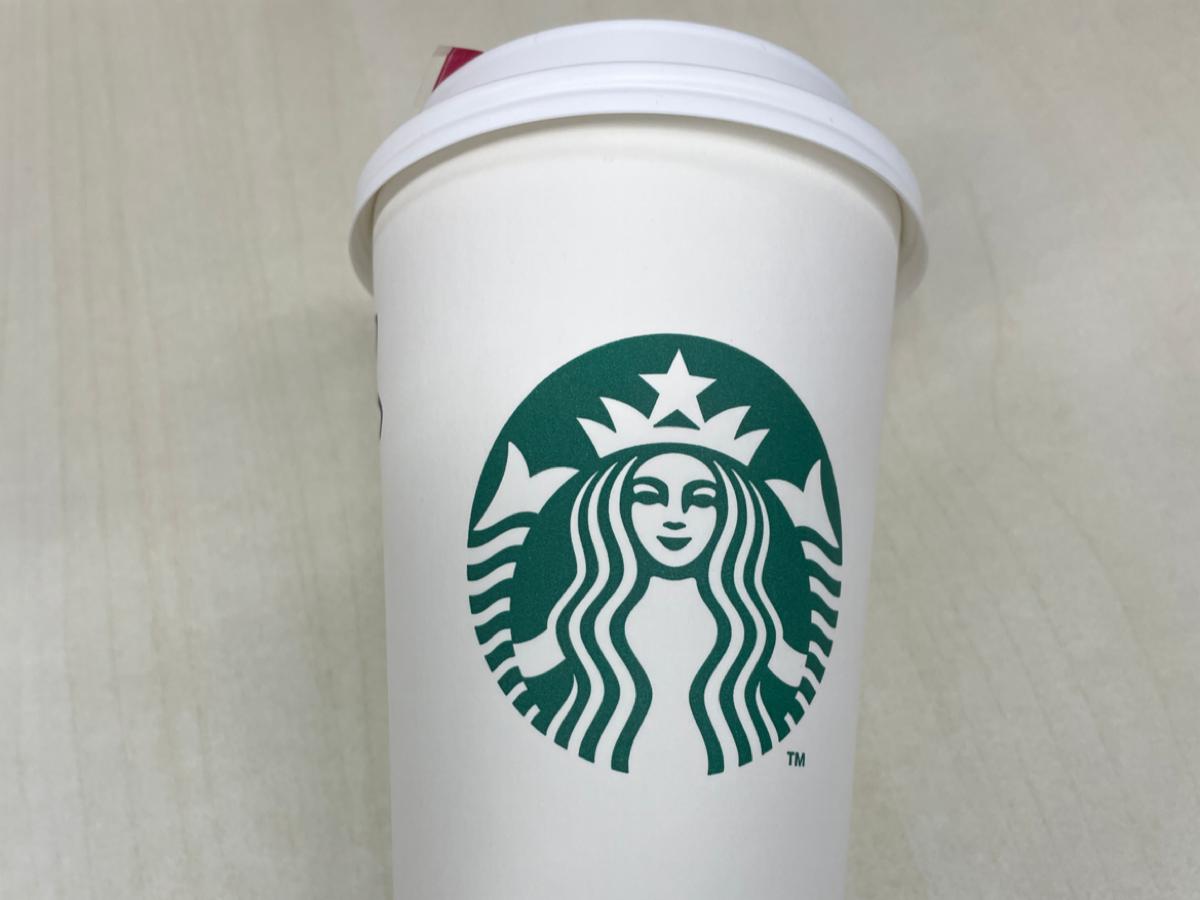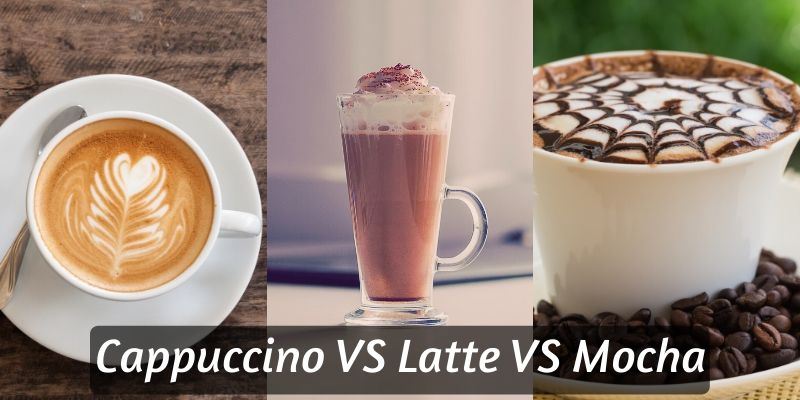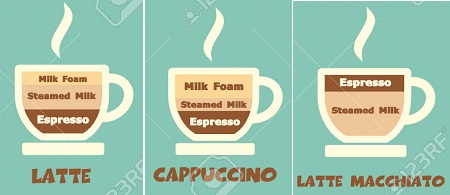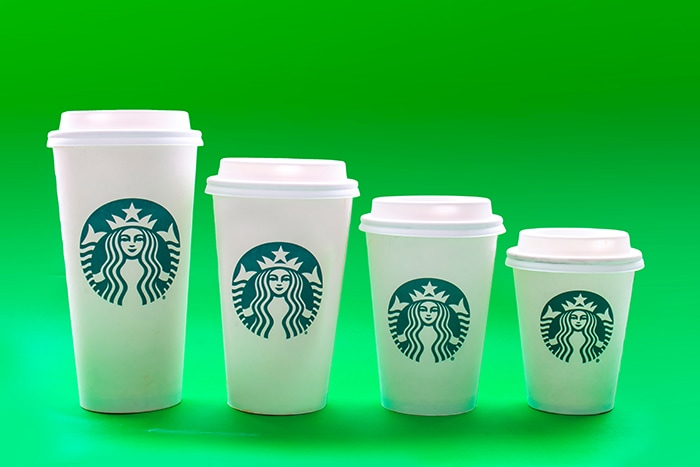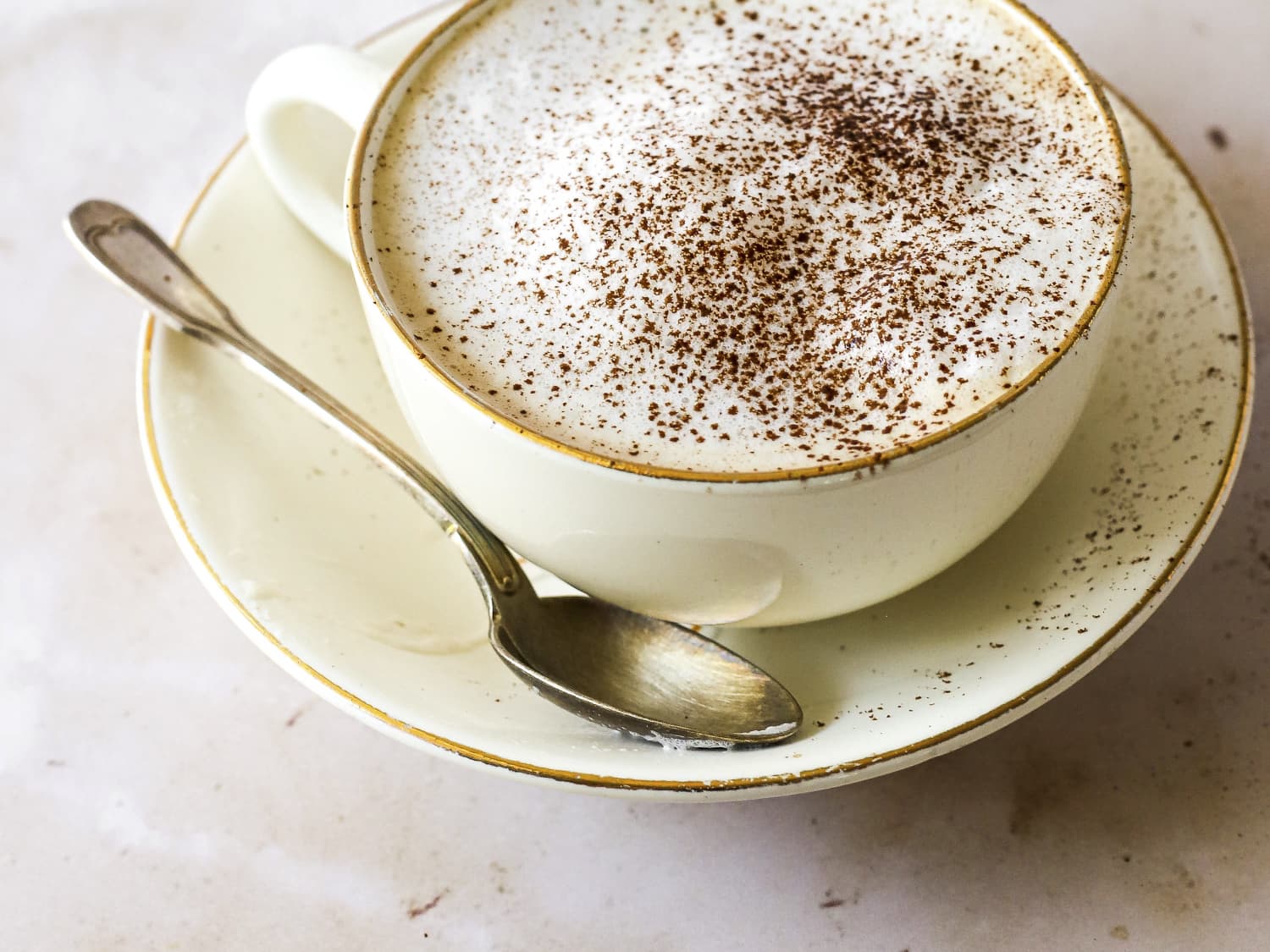For many people, a steaming cup of coffee is the only way to properly start the day. The energizing dose of caffeine helps you feel refreshed and ready to tackle anything that comes your way. However, if you’re watching your calories or trying to maintain a healthy diet, you may be wondering just how your daily coffee habit is impacting your nutrition and weight goals. The truth is, when looking at calories, not all coffees are created equal.
Everything from the brewing method to the size to the additions of cream and sugar can drastically influence the calorie content of your morning mug. This comprehensive guide to calories in different coffee drinks will provide pro tips and hacks to help you balance your coffee cravings with your health and fitness regimen. You’ll learn how to craft a perfect cup of guilt-free joe that provides all the energizing benefits without derailing your diet or daily calorie count.
Calories in Black Coffee
First, let’s start with the best calorie scenario – plain black coffee. This refers to drip coffee, cold brew, americanos, or espresso served straight up without any add-ins.
The excellent news is that black coffee is practically calorie-free. Here are the ultra-low calorie counts:
- Black drip coffee (8 oz) – 2 calories
- Americano (8 oz) – 5 calories
- Espresso shot (1 oz) – 3 calories
- Cold brew coffee (8 oz) – 3 calories
This miniscule calorie content is because coffee beans themselves contain very few calories. Their sole biological purpose is to germinate, relying on the nutrients within the seed itself. Once planted, the sprout does the hard work of generating energy through photosynthesis.
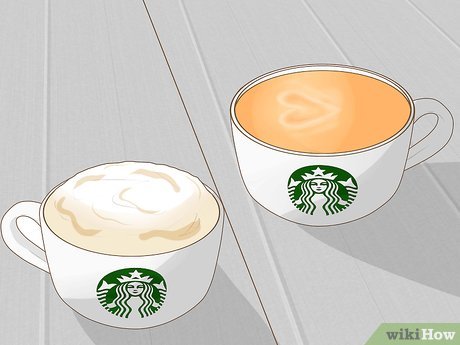
So rest assured that no matter what diet plan you follow, black coffee is a safe bet that won’t derail your daily calorie goals. Just be aware that this low-calorie benefit only applies when your coffee includes zero additions.
Calories Added from Cream, Milk and Sweeteners
While the black coffee itself may be calorie-free, adding ingredients like cream, milk, sweeteners, or flavor syrups can quickly tack on a substantial amount of extra calories.
To keep your coffee guilt-free, pay attention to how many calories your go-to additions contain:
- Sugar (1 tablespoon) – 49 calories
- Half and half (1 tablespoon) – 20 calories
- Heavy cream (1 tablespoon) – 52 calories
- 2% Milk (1 tablespoon) – 8 calories
- Flavored creamer (1 tablespoon) – 30+ calories
Just a splash of cream or milk can instantly quadruple or more the calories in your cup of joe. And most coffee drinkers pour in way more than just a splash. A teaspoon or two of sugar also piles on nearly 50 extra calories.
The bottom line is black coffee lets you maximize the energizing benefits of caffeine while minimizing the caloric impact. Trading in your creamy, sweetened coffee for black can be one of the easiest ways to trim excess calories from your diet.
Calories in Popular Espresso Drinks
For those who enjoy more complex coffeehouse drinks like lattes, cappuccinos, and macchiatos, the calorie count rises steeply. Made with espresso and steamed milk, these creamy brews certainly taste indulgent. But that deliciousness comes at a caloric cost.
Here’s how popular espresso drinks stack up calorie-wise with 2% milk, per Starbucks’ nutrition facts:
- Cappuccino (12 oz) – 90 calories
- Café Latte (16 oz) – 190 calories
- Flat white (12 oz) – 170 calories
- Caramel macchiato (16 oz) – 250 calories
- White chocolate mocha (16 oz) – 430 calories!
Order any of those made with whole milk, heavy cream, or sugary syrups, and the calories shoot even higher. For example, a 16 oz caramel Frappuccino from Starbucks made with whole milk and whipped cream contains a whopping 510 calories.
Suddenly that daily vanilla latte doesn’t look so diet-friendly. 65 extra calories here or 100 extra calories there can add up over a week or month.
Determining Your Ideal Daily Calorie Intake
To put coffee calories into proper context, it helps to know what your own recommended calorie intake should be for healthy weight management. The right calorie target varies greatly based on factors like age, gender, height, activity level, and weight goals.
As a general guideline from the USDA Dietary Guidelines:
- Sedentary adult women: ~2000 calories/day
- Sedentary adult men: ~2500 calories/day
However, your individual needs may differ significantly. For a more customized estimate, use the USDA’s calculator which accounts for your specific stats and lifestyle.
Regardless of your calorie requirements, most coffee drinks with all the fixings easily provide 10-20% of your total daily allotment. So while delicious, frequent excessively high-calorie coffee beverages can make it tricky to stay within your target range.
Strategies to Reduce Calories in Your Coffee Habit
If your daily coffee order sounds more like a dessert than an energizing beverage, use these tips to effortlessly eliminate excess calories without sacrificing satisfaction:
- Drink your coffee black to strictly limit calories
- Switch to lower-calorie milks like skim or almond milk
- Skip the extra syrups and sweeteners
- Request fewer pumps of flavor syrups
- Ask for light or no whipped cream
- Size down – a smaller coffee has fewer calories
- Treat yourself to higher-calorie coffees only occasionally
With some simple swaps like converting to black coffee or dropping the caramel swirl, you can save yourself hundreds of calories per week without losing out on your caffeinated ritual.
The Secret to Loving Black Coffee
For many habitual cream and sugar coffee drinkers, the idea of going black sounds about as appetizing as drinking pure bitterness. But there is a way to not just tolerate black coffee, but truly enjoy it.
The secret is drinking specialty-grade beans that are fresh-roasted and freshly ground. Lower-quality beans that are bitter, burnt, or stale will never taste delicious straight up.
However, optimally grown and prepared specialty coffee naturally exhibits subtler, more complex flavors. Notes like chocolate, berries, caramel, citrus, nuts, and herbs can shine without being masked by dairy and sweeteners.
With the right beans, black coffee can offer just as much sensory pleasure as heavily doctored coffee, just with a lighter body and cleaner finish. Going black may reveal coffee flavors you never knew existed.
Here are flavor profiles to look for with different roast styles from specialty roasters:
- Light roast – Bright, tea-like, citrusy, delicate
- Medium roast – Balanced, sweeter, hints of fruit and cocoa
- Dark roast – Bold, smoother, earthy, spice and nut undertones
Sustainable Beans Ensure Quality and Ethics
In addition to superior taste, sourcing beans from specialty sustainable farms also guarantees your daily cup aligns with your health and social values.
Sustainable coffee roasters directly build relationships with growers across the world who are committed to ethical practices. This includes:
- No pesticides or GMO crops
- Worker safety and fair wages
- Eco-friendly farming methods
- Investing in community development
- Crop quality and freshness
When you buy from socially-driven sustainable roasters, you can be confident your coffee habit supports growers, their communities, and the environment – all while delighting your taste buds.
Maximize Freshness for a Better Cup
To get the very most out of those specialty sustainably grown beans, be sure to grind them fresh right before brewing. Coffee begins to lose aroma and oxidize moments after grinding. Pre-ground coffee simply can’t offer the lively flavors of beans ground just before use.
Investing in a quality burr coffee grinder gives you barista-quality coffee grind fineness and freshness from the comfort of your home. Then simply grind beans as needed before each pot of coffee. The difference in taste will be instantly noticeable.
Continuing Your Coffee Ritual Guilt-Free
Being mindful about calories doesn’t have to mean totally giving up the coffee drinks you love. With the right strategies, you can keep enjoying coffee daily as a low-calorie boost.
Stick with black coffee or lighter milk options like lattes made with skim or almond milk most days. Then occasionally treat yourself to a more indulgent cappuccino or mocha, savoring every sip knowing it fits into your overall balanced diet.
Additionally, sourcing fresh beans from sustainable specialty roasters means even your black cup of coffee bursting with flavors. This makes going calorie-free an easy choice rather than a sacrifice.
So breathe easy, coffee lovers. With the nutrition knowledge and quality brewing techniques outlined here, you don’t have to choose between your daily coffee ritual and your health goals. A few small tweaks makes it easy to sip happily knowing your cup overflows with flavor while staying slim on calories.
Frequently Asked Questions About Coffee and Calories
Some common questions about balancing your coffee habit with weight management and nutrition goals include:
How many calories should I consume daily for my needs?
Use a BMR calculator or the USDA SuperTracker tool to determine your ideal caloric intake based on your age, weight goals, activity level, etc. General guidance is 2000 calories per day for women, 2500 for men.
Is drinking coffee good for weight loss?
Black coffee can be part of a healthy weight loss plan as a very low calorie beverage option. However, high calorie coffee drinks made with heavy cream or sugar may contribute excess calories that hinder weight loss.
What coffee has the most calories?
Coffee drinks made with multiple sweet flavor syrups, heavy cream, whole milk, and whipped cream have the highest calorie counts. A medium caramel Frappuccino from Starbucks has 420 calories, for example.
What coffee has the least calories?
Black coffee naturally contains the least calories – basically none. An Americano also has minimal calories, around 5 calories for 8 ounces.
Do flavored creamers have a lot of calories?
Yes, most flavored non-dairy creamers contain around 30-50 calories per tablespoon, so pouring liberally adds excess calories. Stick to small servings, use milk/cream, or drink coffee black.
Should I give up my daily vanilla latte?
You don’t have to give it up entirely if it’s something you really enjoy. Just be mindful of calories and balance it with low-calorie coffees on other days. Or order it with lower-calorie milk and no whipped cream.
Can I drink coffee while intermittent fasting?
Yes, black coffee is calorie-free so it won’t break your fast. Avoid adding milk, cream, or sweeteners when fasting.
Is a Frappuccino considered coffee?
While containing coffee, a blended Frappuccino is more akin to a milkshake than regular brewed coffee. The high fat and sugar content make it more of a dessert beverage.
Are espresso shots high in calories?
A single espresso shot only has about 3 calories. Avoid milk-based espresso drinks like lattes and cappuccinos to keep calories low.
What’s the healthiest way to prepare coffee?
Black drip coffee or coffee prepared using a French press is the healthiest preparation methods. This avoids adding calories from cream or sugar.
Does the roast style change the calorie content?
No, light, medium, and dark roasts all have negligible calories when prepared black without add-ins. Roast style influences flavor, not calories.
So drink up and delight in your daily coffee! With the ability to craft each cup exactly how you prefer it, you can perfectly match your coffee to your tastes, diet, and lifestyle.
